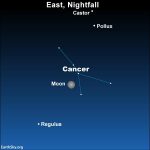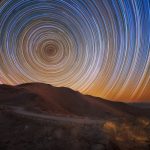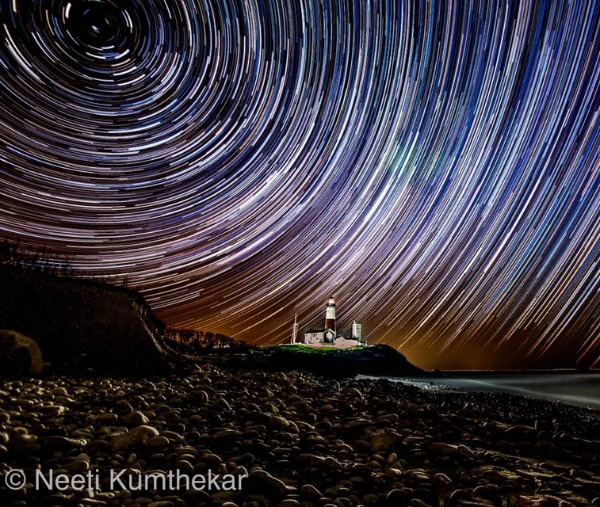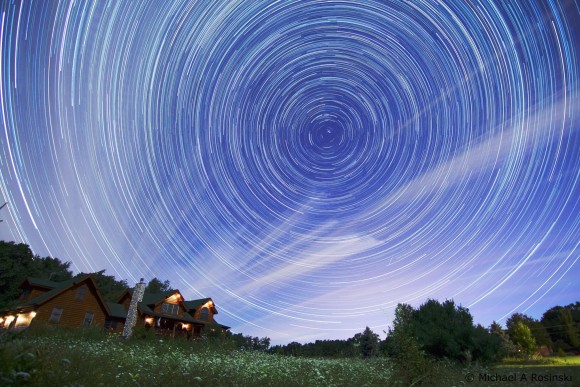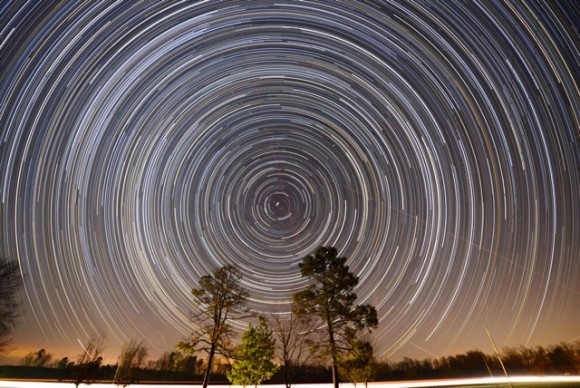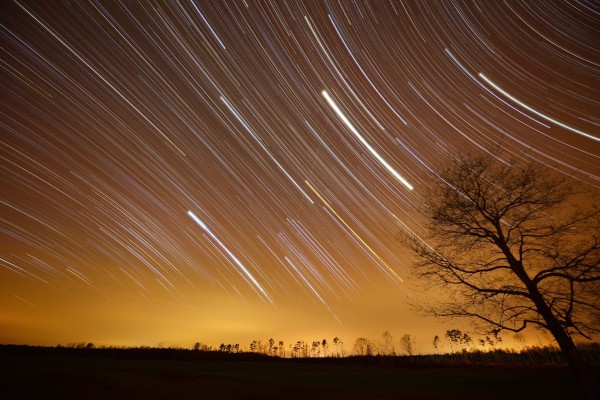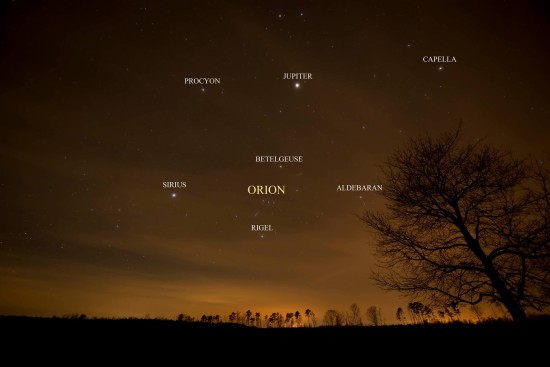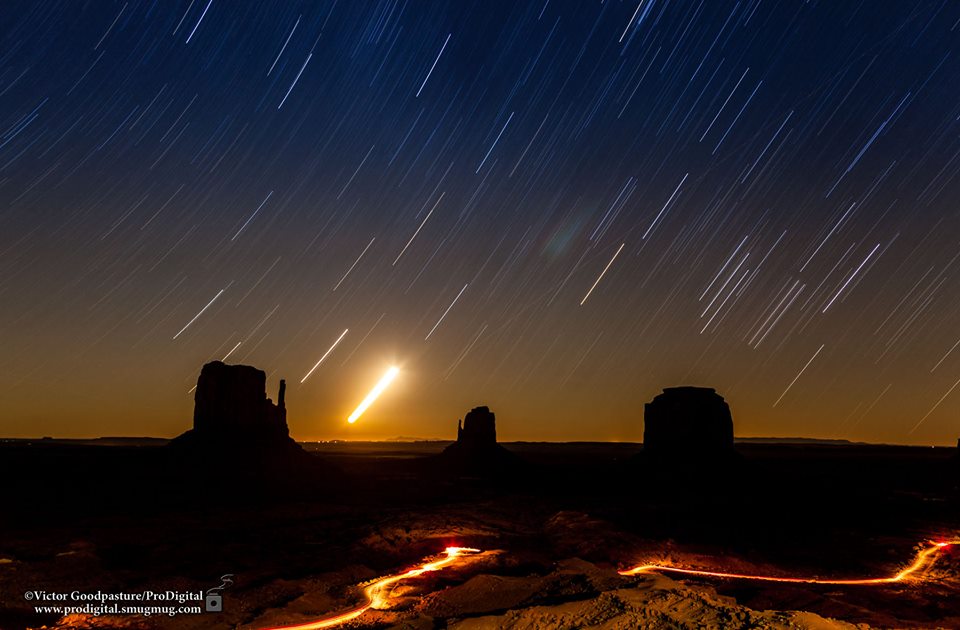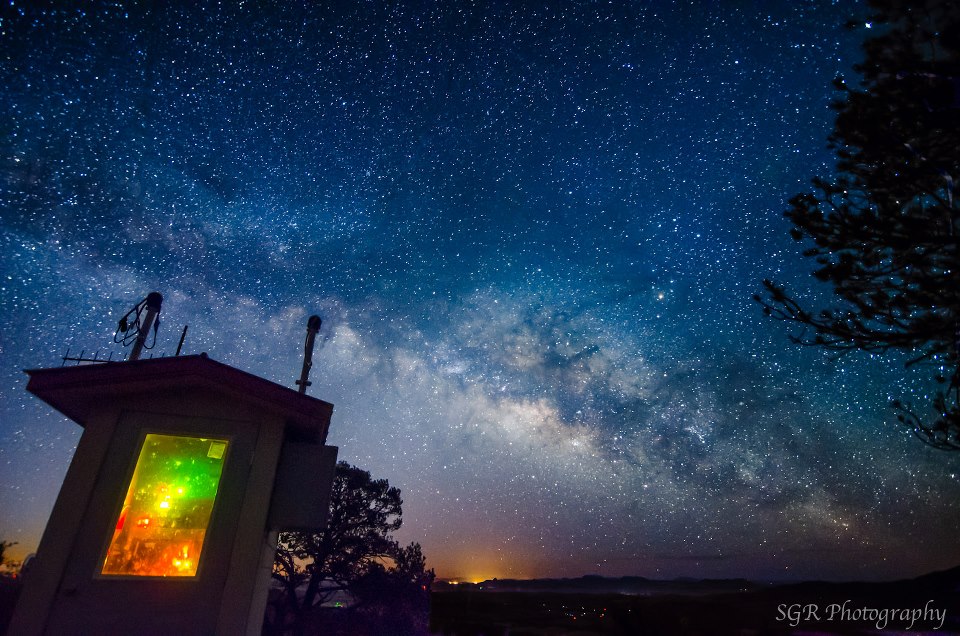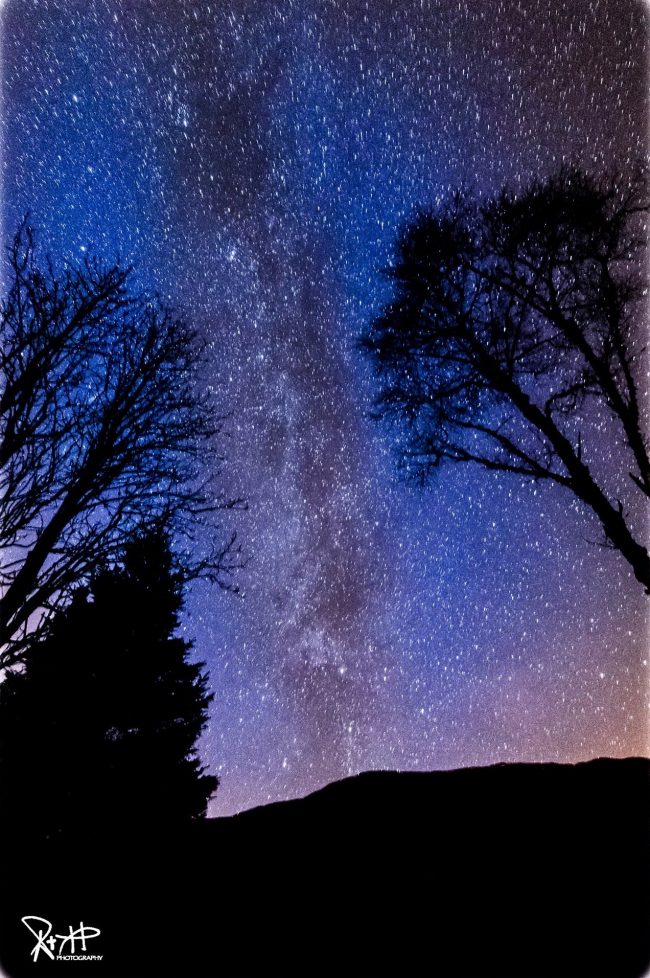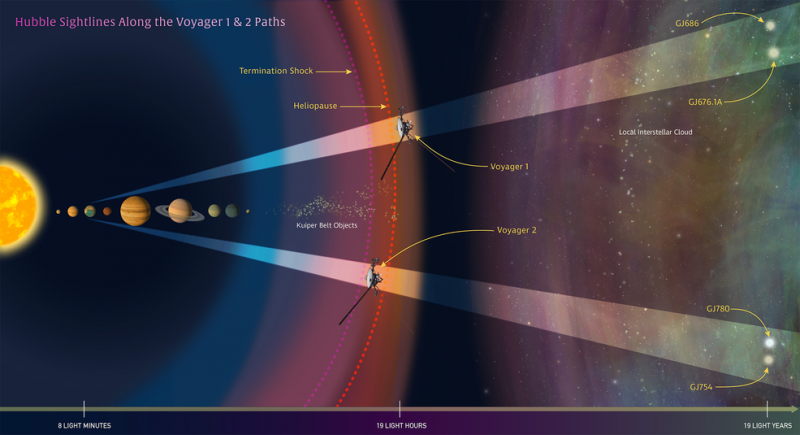Obesity is the biggest cause of cancer in the UK, after smoking.
But this isn’t well known.
When people do hear this, we’re often asked: ‘I’m already overweight, will losing weight reduce my risk?’
And with 2 in 3 UK adults either overweight or obese, it’s an important question. But while it sounds logical that losing weight would reduce the risk, proving this isn’t easy.
When studying people, separating those who lose weight intentionally from those who lose it because they’re already ill can be tough. On top of that, losing weight and keeping it off is hard.
But this hasn’t stopped researchers from hunting for answers. And the good news is, research so far tells us that weight loss is beneficial when it comes to reducing cancer risk.
Understanding weight gain
Years of research have shown that the more weight gained, the higher the risk of cancer.
Most of this evidence comes from studies that have used body mass index (BMI) as a measure of body fat.
But BMI can only provide a snapshot of someone’s weight.
Other studies have looked at how long someone is overweight. And the results suggest that the longer someone is overweight, the higher their risk
Based on this, losing weight (and keeping it off) means you stop accumulating more risk, and reduce your risk compared to what it would be if you gained more weight. So losing weight does help, both with cancer risk and your general health.
But this doesn’t fully answer our question: can an increased risk go back down to the level it would have been had the extra weight never been there?
Weight loss through surgery
One of the most effective, although extreme, ways for people who are very overweight to lose weight is bariatric surgery. This covers a range of surgical techniques, such as stomach stapling or surgically bypassing large parts of the gut.
Because people lose a lot of weight after surgery, and keep most of it off, it’s more likely researchers will find an effect on cancer risk if it’s there.
It’s also more likely any effect would be due to weight loss itself, rather than lifestyle changes that reduce cancer risk. These studies also help untangle the effects of losing weight intentionally and weight loss due to illness.
Results from studies post-surgery are mixed, but overall they suggest that people who undergo bariatric surgery do have a reduced risk of cancer compared to those who don’t.
The strongest evidence so far is for women, but evidence is growing in men too.
A study that combined the results of 6 others found a staggering 45% reduction in cancer risk among formerly obese people who had bariatric surgery. But when they split the results by gender, this finding only remained in women.
A more recent US study, which included over 2500 cancer cases, also found a reduction in cancer risk in people who had surgery based on 3.5 years of follow up. And the reduced risk was seen for a range of cancers, including breast, colon, pancreatic and womb.
So the results so far are promising, and suggest weight loss can reverse increased cancer risk.
But there are limitations. Firstly, major surgery isn’t the solution for everyone. And it’s possible that people who have surgery differ in ways these studies don’t account for. And weight loss through surgery could have different effects to weight loss by other means.
Weight loss outside the operating room
A 2012 review looked at 6 weight loss studies and 5 of these linked intentional weight loss with a reduced risk of cancer.
But a more recent study, looking at the results of weight loss trials (mostly low-fat diets), didn’t find they reduced cancer risk. But the quality of evidence for cancer was rated as very low – overall the original trials only included a small number of cancer cases (103 in total) and the average amount of weight lost after 3 years was small.
These findings illustrate how difficult it is to study weight loss in the real world. So the evidence isn’t as strong. But what’s there is promising, although as with surgery studies the strongest evidence is for women – specifically for breast cancer.
How might weight loss help?
A rigorous 2016 review of how extra fat affects the body found good evidence that intentional weight loss affects key ways obesity is thought to cause cancer: namely hormones and inflammation.
And studies since have also found this.
But we don’t yet fully understand all the ways obesity causes cancer. So there’s still more to know about how weight loss could reverse these effects.
Why is there seemingly more of an effect in women?
There are many possible explanations. It could be that because these female cancers are common, there are more cases to study. This increases the chance of finding an effect if it’s there.
But it’s also possible that cancers strongly linked to sex hormones, such as womb and breast, are more quickly affected by weight loss, whereas for other cancers it may take longer to see an effect. For example, weight loss can quickly reduce levels of oestrogen in the body, and high levels of oestrogen are almost certainly how obesity causes womb and breast cancer.
Cancers more common in men, such as bowel cancer, may take longer to see an effect. This might explain why this study showed no impact of weight loss on bowel cancer risk after 7 years of follow up. This study also couldn’t distinguish between intentional and unintentional weight loss.
What’s likely is that weight loss affects different parts of the body in different ways, and this is reflected in how it might affect cancer risk. This makes sense, as weight gain affects cancer risk differently for different cancers. Studies in the future will need to take this into account.
Prevention is still best, but weight loss is worth it
So, the answer to our original question – does losing weight reduce cancer risk? – seems to be: yes.
If you are overweight, you can reduce your risk by avoiding gaining more weight.
And overall, all the research carried out so far suggests that an increased risk can start to fall with weight loss.
Plus, the best way to lose weight for most people is by eating and drinking healthily and moving more, all of which can reduce the risk of cancer independently.
But the fact remains that losing weight and keeping it off can be incredibly hard. So this must be supported by public health measures (like the sugary drinks tax) that make healthy choices easy for everyone, both to prevent weight gain, and to help those lose it who need to.
Never gaining extra weight in the first place is still best for reducing cancer risk. But we know that’s not possible for everyone – and it doesn’t help people who have already gained weight. So having evidence that weight loss could help is good news.
Emma Shields is a senior health information officer at Cancer Research UK

from Cancer Research UK – Science blog http://ift.tt/2ESxde3

Obesity is the biggest cause of cancer in the UK, after smoking.
But this isn’t well known.
When people do hear this, we’re often asked: ‘I’m already overweight, will losing weight reduce my risk?’
And with 2 in 3 UK adults either overweight or obese, it’s an important question. But while it sounds logical that losing weight would reduce the risk, proving this isn’t easy.
When studying people, separating those who lose weight intentionally from those who lose it because they’re already ill can be tough. On top of that, losing weight and keeping it off is hard.
But this hasn’t stopped researchers from hunting for answers. And the good news is, research so far tells us that weight loss is beneficial when it comes to reducing cancer risk.
Understanding weight gain
Years of research have shown that the more weight gained, the higher the risk of cancer.
Most of this evidence comes from studies that have used body mass index (BMI) as a measure of body fat.
But BMI can only provide a snapshot of someone’s weight.
Other studies have looked at how long someone is overweight. And the results suggest that the longer someone is overweight, the higher their risk
Based on this, losing weight (and keeping it off) means you stop accumulating more risk, and reduce your risk compared to what it would be if you gained more weight. So losing weight does help, both with cancer risk and your general health.
But this doesn’t fully answer our question: can an increased risk go back down to the level it would have been had the extra weight never been there?
Weight loss through surgery
One of the most effective, although extreme, ways for people who are very overweight to lose weight is bariatric surgery. This covers a range of surgical techniques, such as stomach stapling or surgically bypassing large parts of the gut.
Because people lose a lot of weight after surgery, and keep most of it off, it’s more likely researchers will find an effect on cancer risk if it’s there.
It’s also more likely any effect would be due to weight loss itself, rather than lifestyle changes that reduce cancer risk. These studies also help untangle the effects of losing weight intentionally and weight loss due to illness.
Results from studies post-surgery are mixed, but overall they suggest that people who undergo bariatric surgery do have a reduced risk of cancer compared to those who don’t.
The strongest evidence so far is for women, but evidence is growing in men too.
A study that combined the results of 6 others found a staggering 45% reduction in cancer risk among formerly obese people who had bariatric surgery. But when they split the results by gender, this finding only remained in women.
A more recent US study, which included over 2500 cancer cases, also found a reduction in cancer risk in people who had surgery based on 3.5 years of follow up. And the reduced risk was seen for a range of cancers, including breast, colon, pancreatic and womb.
So the results so far are promising, and suggest weight loss can reverse increased cancer risk.
But there are limitations. Firstly, major surgery isn’t the solution for everyone. And it’s possible that people who have surgery differ in ways these studies don’t account for. And weight loss through surgery could have different effects to weight loss by other means.
Weight loss outside the operating room
A 2012 review looked at 6 weight loss studies and 5 of these linked intentional weight loss with a reduced risk of cancer.
But a more recent study, looking at the results of weight loss trials (mostly low-fat diets), didn’t find they reduced cancer risk. But the quality of evidence for cancer was rated as very low – overall the original trials only included a small number of cancer cases (103 in total) and the average amount of weight lost after 3 years was small.
These findings illustrate how difficult it is to study weight loss in the real world. So the evidence isn’t as strong. But what’s there is promising, although as with surgery studies the strongest evidence is for women – specifically for breast cancer.
How might weight loss help?
A rigorous 2016 review of how extra fat affects the body found good evidence that intentional weight loss affects key ways obesity is thought to cause cancer: namely hormones and inflammation.
And studies since have also found this.
But we don’t yet fully understand all the ways obesity causes cancer. So there’s still more to know about how weight loss could reverse these effects.
Why is there seemingly more of an effect in women?
There are many possible explanations. It could be that because these female cancers are common, there are more cases to study. This increases the chance of finding an effect if it’s there.
But it’s also possible that cancers strongly linked to sex hormones, such as womb and breast, are more quickly affected by weight loss, whereas for other cancers it may take longer to see an effect. For example, weight loss can quickly reduce levels of oestrogen in the body, and high levels of oestrogen are almost certainly how obesity causes womb and breast cancer.
Cancers more common in men, such as bowel cancer, may take longer to see an effect. This might explain why this study showed no impact of weight loss on bowel cancer risk after 7 years of follow up. This study also couldn’t distinguish between intentional and unintentional weight loss.
What’s likely is that weight loss affects different parts of the body in different ways, and this is reflected in how it might affect cancer risk. This makes sense, as weight gain affects cancer risk differently for different cancers. Studies in the future will need to take this into account.
Prevention is still best, but weight loss is worth it
So, the answer to our original question – does losing weight reduce cancer risk? – seems to be: yes.
If you are overweight, you can reduce your risk by avoiding gaining more weight.
And overall, all the research carried out so far suggests that an increased risk can start to fall with weight loss.
Plus, the best way to lose weight for most people is by eating and drinking healthily and moving more, all of which can reduce the risk of cancer independently.
But the fact remains that losing weight and keeping it off can be incredibly hard. So this must be supported by public health measures (like the sugary drinks tax) that make healthy choices easy for everyone, both to prevent weight gain, and to help those lose it who need to.
Never gaining extra weight in the first place is still best for reducing cancer risk. But we know that’s not possible for everyone – and it doesn’t help people who have already gained weight. So having evidence that weight loss could help is good news.
Emma Shields is a senior health information officer at Cancer Research UK

from Cancer Research UK – Science blog http://ift.tt/2ESxde3
